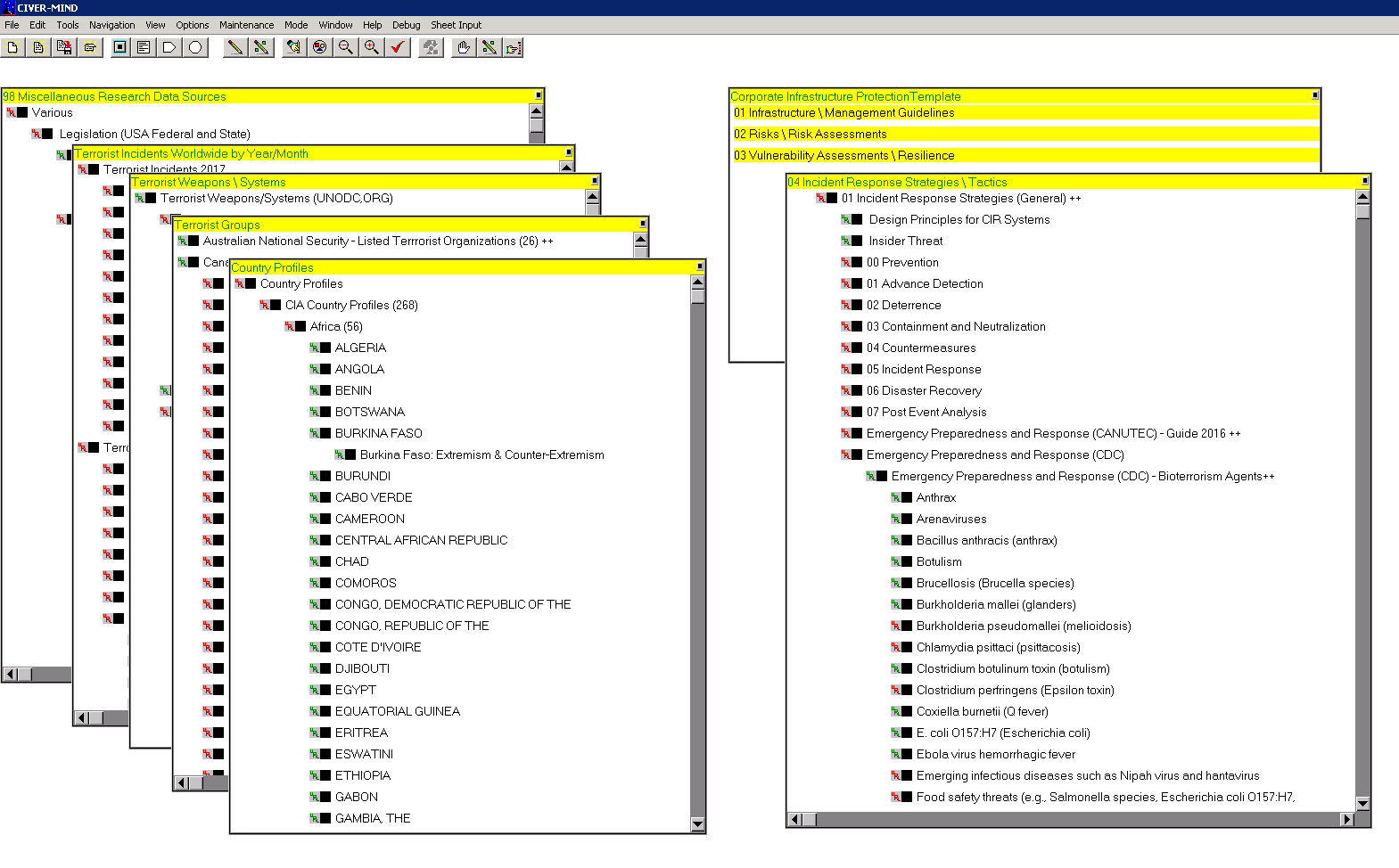Why we collect data . . what we need to do with it
Blog: KWKeirstead's Blog

Data is everywhere.
We collect data “for the record”, we collect data for use by predictive analytics algorithms and we collect data for use by humans and machines when making decisions.
Data, by itself, is highly important but not highly useful.
Contrary to popular opinion, unstructured data does not necessarily have to transition to structured data.
I will explain.
The usual flowgraph options for data go like this:
- Structured data -> data storage -> analysis/organization -> information -> knowledge -> decisions.
- Unstructured data -> structured data -> data storage -> . . . -> knowledge -> decisions.
- Unstructured data -> data storage -> free-form-searches -> information -> knowledge -> decisions.
Except that many decision-makers short-circuit the process as follows:
Uninformed state of affairs -> decisions
Data (structured or unstructured) -> decisions
Information -> decisions
Legacy knowledge -> decisions
My differentiating list for data, information and knowledge is as follows:
Data: Data, simply what it is – “. . all we want are the facts, ma’am”.
Information: Processed, interpreted, or analyzed data.
Knowledge: Increased level of confidence in Information that builds over time (but can also decline over time).
Now for the explanation of how unstructured data can be as useful, at times more useful than structured data.
Consider the following Strategic Planning platform (i.e. hosting multiple Entities, multiple hierarchies, thousands of data points), all accessible from one computer screen.

3D-Free-Form-Search Knowledgebase
Most corporations review/update their strategic plans at regular intervals (i.e. every 18 months, these days). Absent ways and means for reviewing ongoing initiatives for their continuing contributions to strategy, the organization reverts to business-as-usual following publication of each strategic plan.
The problems are:
- Things change (e.g. changes to implementation priorities, changing customer needs, competitors leapfrogging “innovative” designs that are on the drawing board or in-progress).
- Information declines in value and needs periodic refreshing.
- Knowledge needs to be upgraded as a result of #2.
If you have experience with auditors or law enforcement investigators, you know that information virtually “leaps off the page” for some of these folks. They sense the need to drill down (e.g. when and where).
One way for non-auditors/non-LE investigators to make better use of information is to make use of 3D free-form-search Knowledgebases (3D-KBs) to launch “what-if” analyses and “connect-the-dots” exercises.
3D-KBs do not need to rely on structured data. Unlike searches across structured data, a free-form-search at a 3D-KB may be able find a phone number that was not properly entered into the “Phone Number” field at a relational database management table.
3D-KBs do not rely on invented “key words” – the search engines scan full text with the result that everything other than “the, and, and but, etc.” becomes a keyword.
Our experience with Strategic Planning Methods, Tools, Platforms
Civerex and its partners Global Initiatives and HCNT are in the business of evolving Infrastructure Protection plans for clients – our process starts with an inventory of all infrastructure/resources for each client.
From there, we assess risks/vulnerabilities, we remediate vulnerabilities, we evolve detection, avoidance, counteraction protocols. This takes each client to a state of “Readiness”.
Over time, we build on Readiness to bring a client to a state of “Resilience” (changes to Readiness as a result of daily scanning the horizon of incidents across the client industry area/geo-location, etc.).
When all of this fails, we move along to a set of protocols for “Recovery”. The happy scenario is to train on Recovery profiles but never have to invoke them.
Moving Forward
If you want to improve decision-making at your organization, get on board with 3D-KBs. You will need a method, working tools and a platform.
Your options are to invent these out of your ‘garage’ or call us for mentoring.
Our approach to consulting engagements is arrive on site “loaded for bear” (i.e. we do our homework), and we start planning to leave from the time we arrive (i.e. our main deliverable to each client is the transfer of planning expertise and technology).
We do not push “buy-low-sell-high” and we won’t borrow your watch to tell you what time it is.
Civerex
1 800 529 5355
Leave a Comment
You must be logged in to post a comment.








